Guide to Stem Cell Therapy for Type 1 Diabetes in Japan
.png)
Japan is currently at the forefront of global research into curing Type 1 Diabetes (T1D). In 2025, the country made headlines with Kyoto University's breakthrough clinical trials using iPS cells. However, for patients looking to book a flight and get treated tomorrow, the options are different from what is happening in university labs.
It is crucial to understand the difference between "regenerative medicine" available for purchase (which typically modulates the immune system) and "beta-cell replacement" (which is still in the trial phase). This guide breaks down what is actually available to patients today.
Clinical Trials: The Quest for a Cure (iPS Cells)
This is considered the "holy grail" of diabetes treatment. The approach involves taking healthy cells, reprogramming them into stem cells (iPSCs), converting them into insulin-producing pancreatic islet cells, and transplanting them into the patient, often in a sheet form under the abdominal muscle.
- Availability: Highly restricted. Only available to a handful of patients enrolled in the official study.
- Cost: Generally free for trial participants, but not commercially purchasable.
- Goal: Total insulin independence (a functional cure).
- Status (2025): Early phases have shown success, with plans to expand trials, but widespread commercial availability is projected for the 2030s.
Private Clinics: Immunomodulation Therapy (MSCs)
If you search for "stem cell treatment for diabetes in Japan" and find a clinic you can book today, this is what they are offering. These clinics typically use Autologous Adipose-Derived Stem Cells (fat stem cells) or Umbilical Cord Stem Cells.
How it works: These stem cells are not turned into insulin-producing cells. Instead, they are infused intravenously to act as powerful anti-inflammatories. The goal is to "reset" the immune system to stop it from attacking whatever beta cells the patient has left.
- Availability: Widely available at licensed clinics in Tokyo, Osaka, and Kyoto.
- Target Patient: Most effective for "Honeymoon Phase" patients (recently diagnosed) who still have some insulin production to save. Long-term T1D patients may see less benefit.
- Goal: Reduce daily insulin dosage, stabilize blood sugar swings (HbA1c), and prevent complications (neuropathy, kidney issues). It is rarely a total cure for established T1D.
Cost of Diabetes Stem Cell Treatment in Japan
Since this is an elective, "free-practice" treatment, it is not covered by Japanese health insurance. You are paying for the specialized cell processing in a sterile CPC (Cell Processing Center) and the medical procedure. Premium packages often include:
- Initial consultation and blood work.
- Fat harvesting (liposuction) if using autologous cells.
- Cell culturing (takes 3-4 weeks).
- Intravenous infusion sessions (1 to 3 sessions).
- Follow-up monitoring.
Success Rates and Expectations
Studies suggest that MSC therapy is safe and can preserve C-peptide levels (a marker of natural insulin production) better than standard care alone. However, for patients who have had T1D for decades and have zero beta cells left, MSC therapy offers limited benefit regarding insulin production, though it may help heal vascular damage caused by high blood sugar.
Comparison: Clinical Trial vs. Private Clinic
| Feature | Kyoto Univ. Trial (iPS Cells) | Private Clinic (MSC Therapy) |
|---|---|---|
| Primary Goal | Cure (Create new pancreas cells) | Management (Stop immune attack) |
| Mechanism | Beta-cell Replacement | Immunomodulation |
| Availability | Extremely Limited (Research only) | Available Now (Commercial) |
| Cost | Free (if selected) | $15,000 - $40,000+ |
| Best Candidate | Severe, unstable T1D | Newly diagnosed / Early stage |


.png)


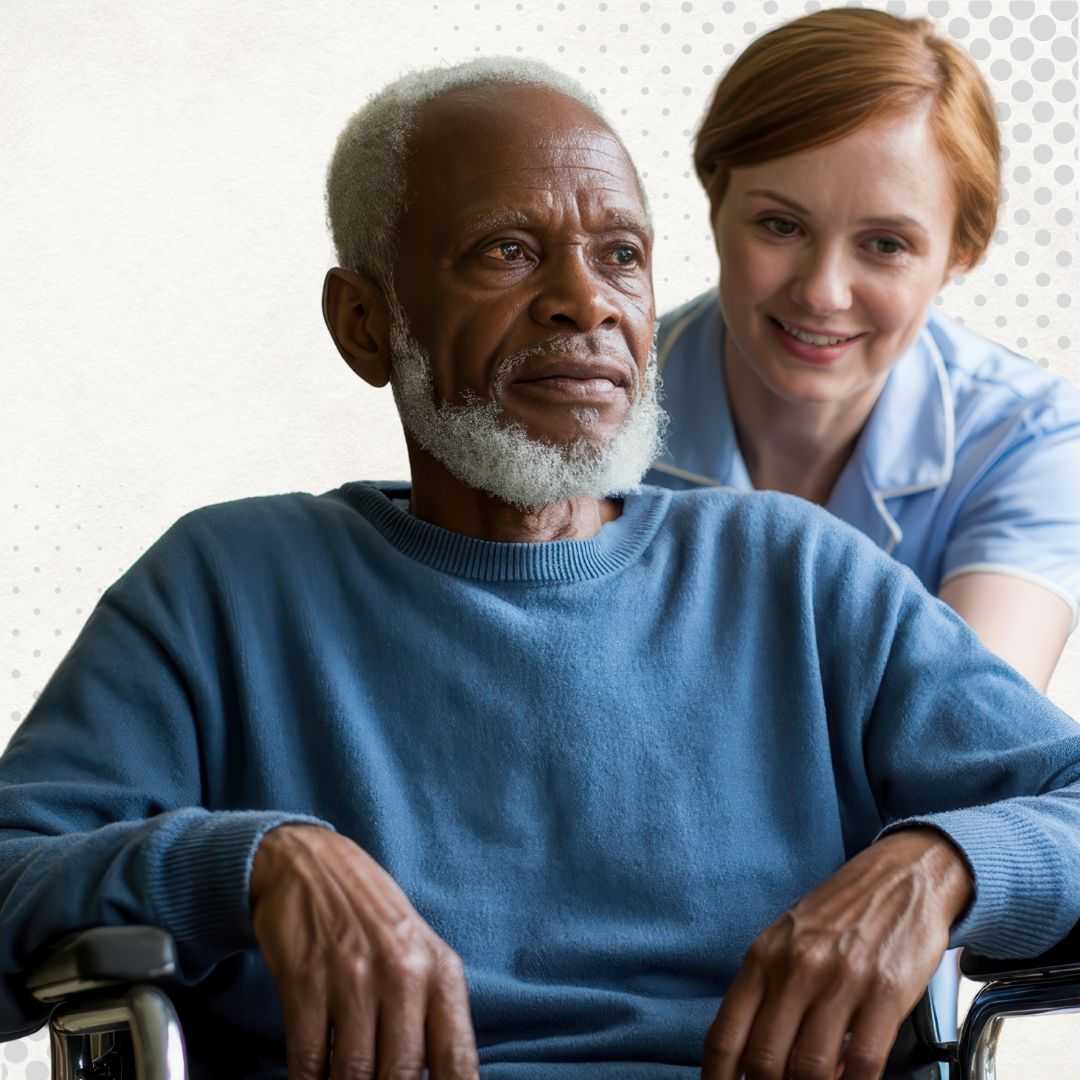
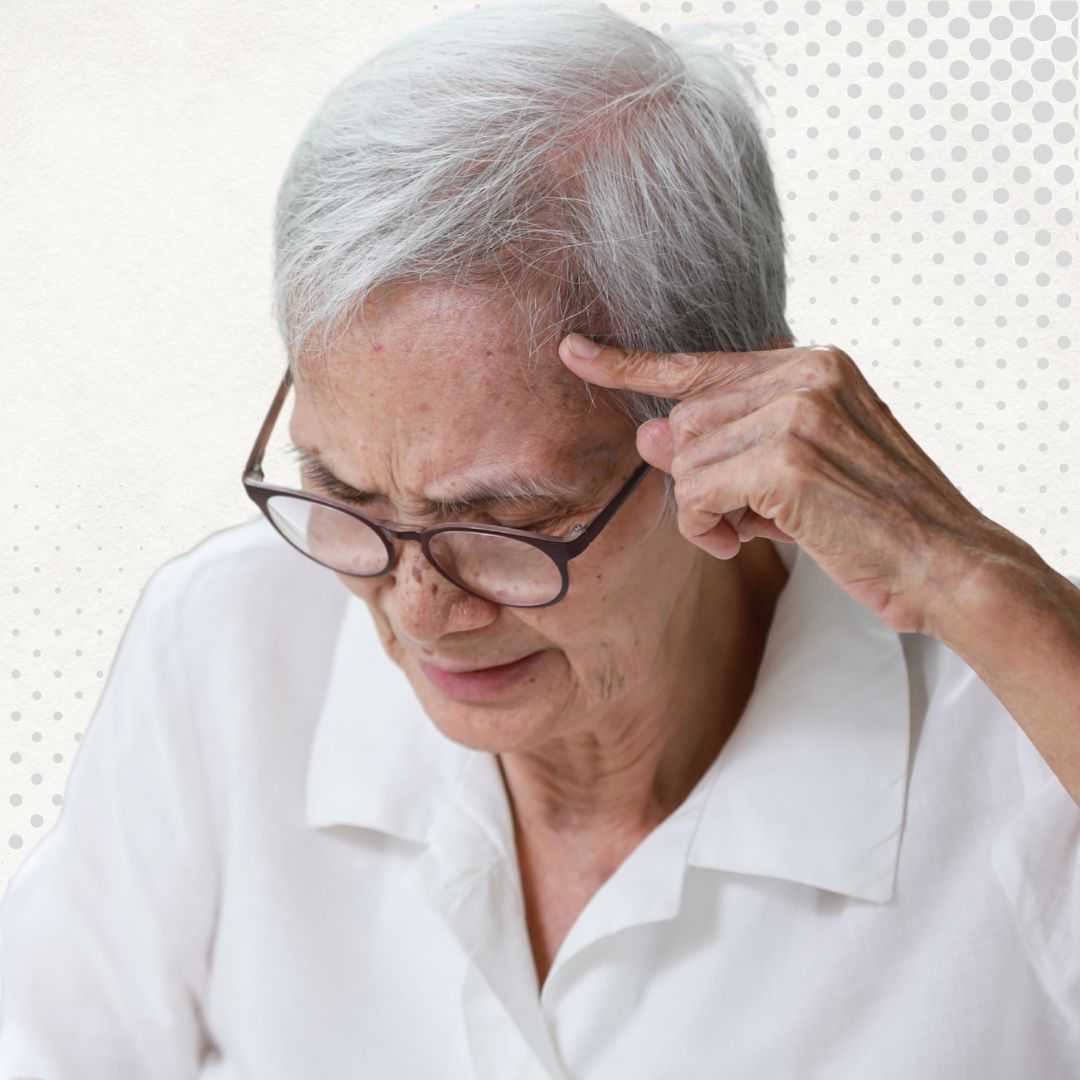
.png)
.png)
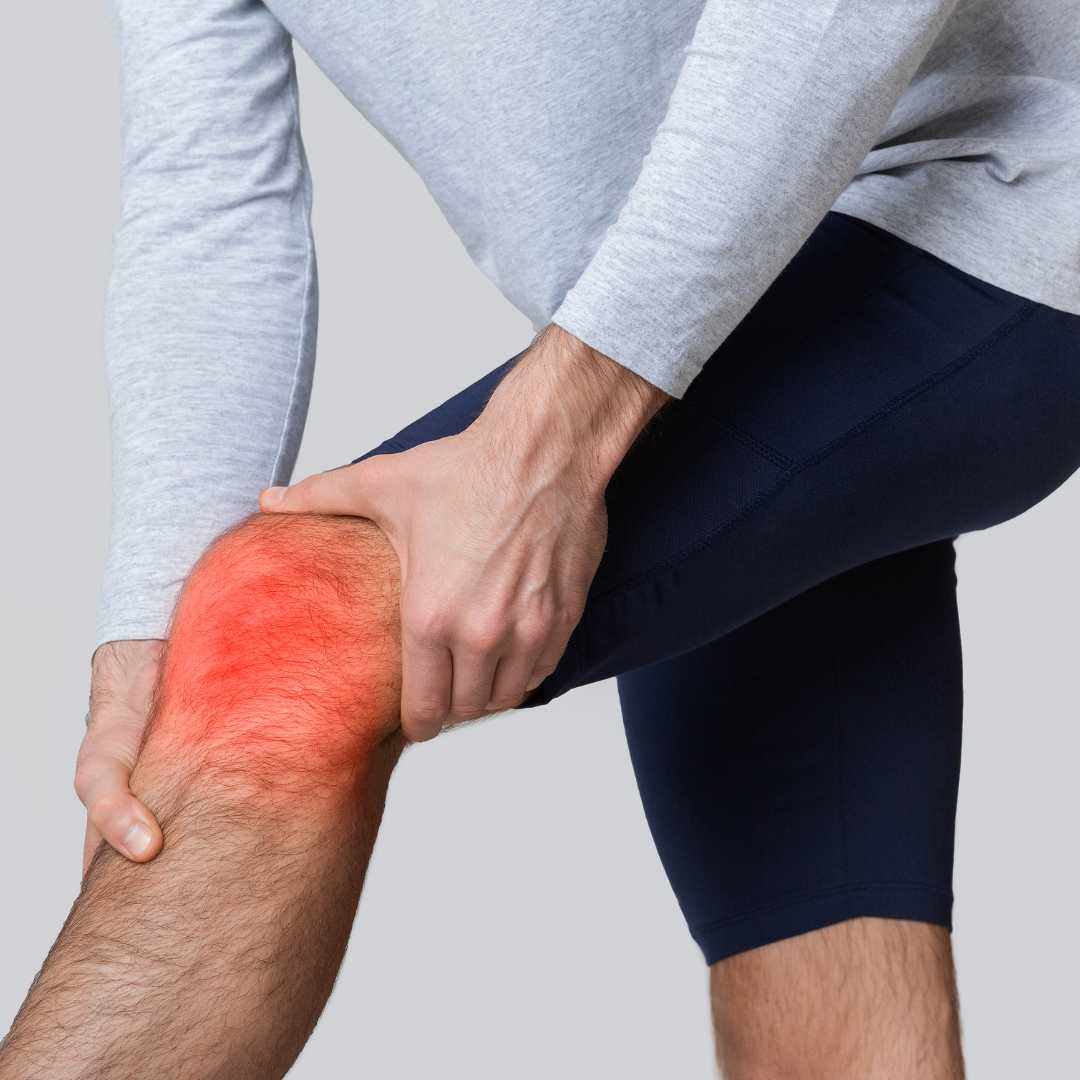
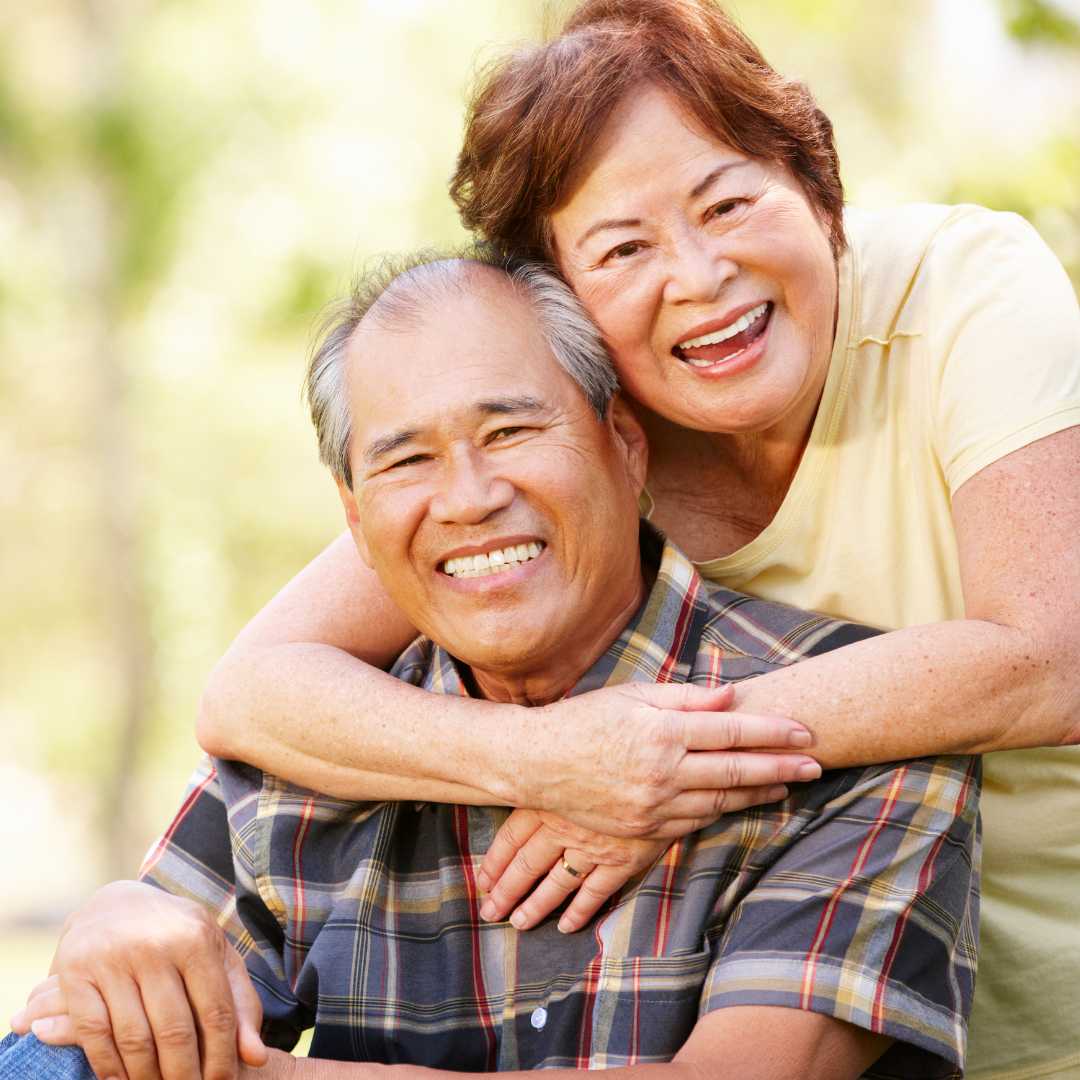
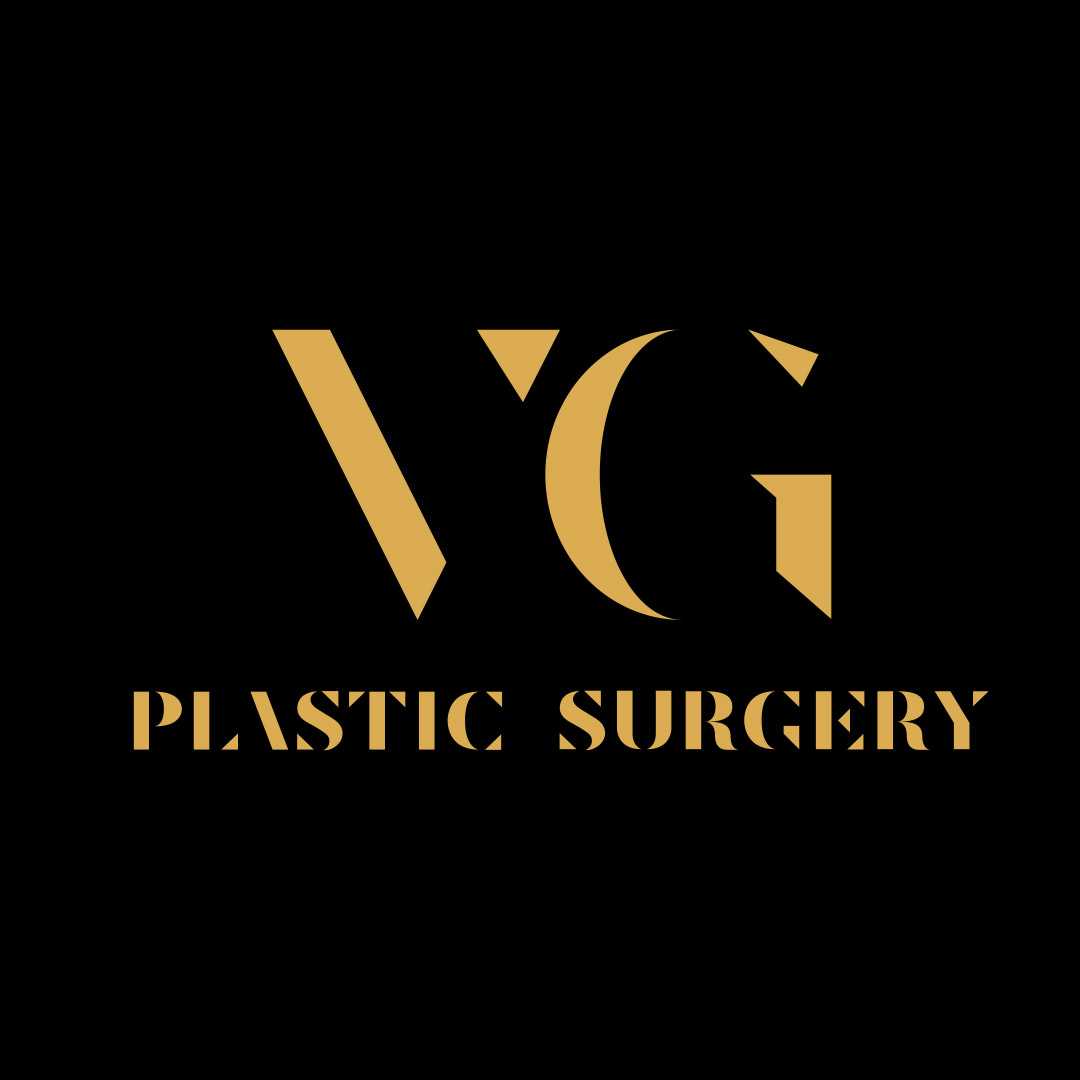

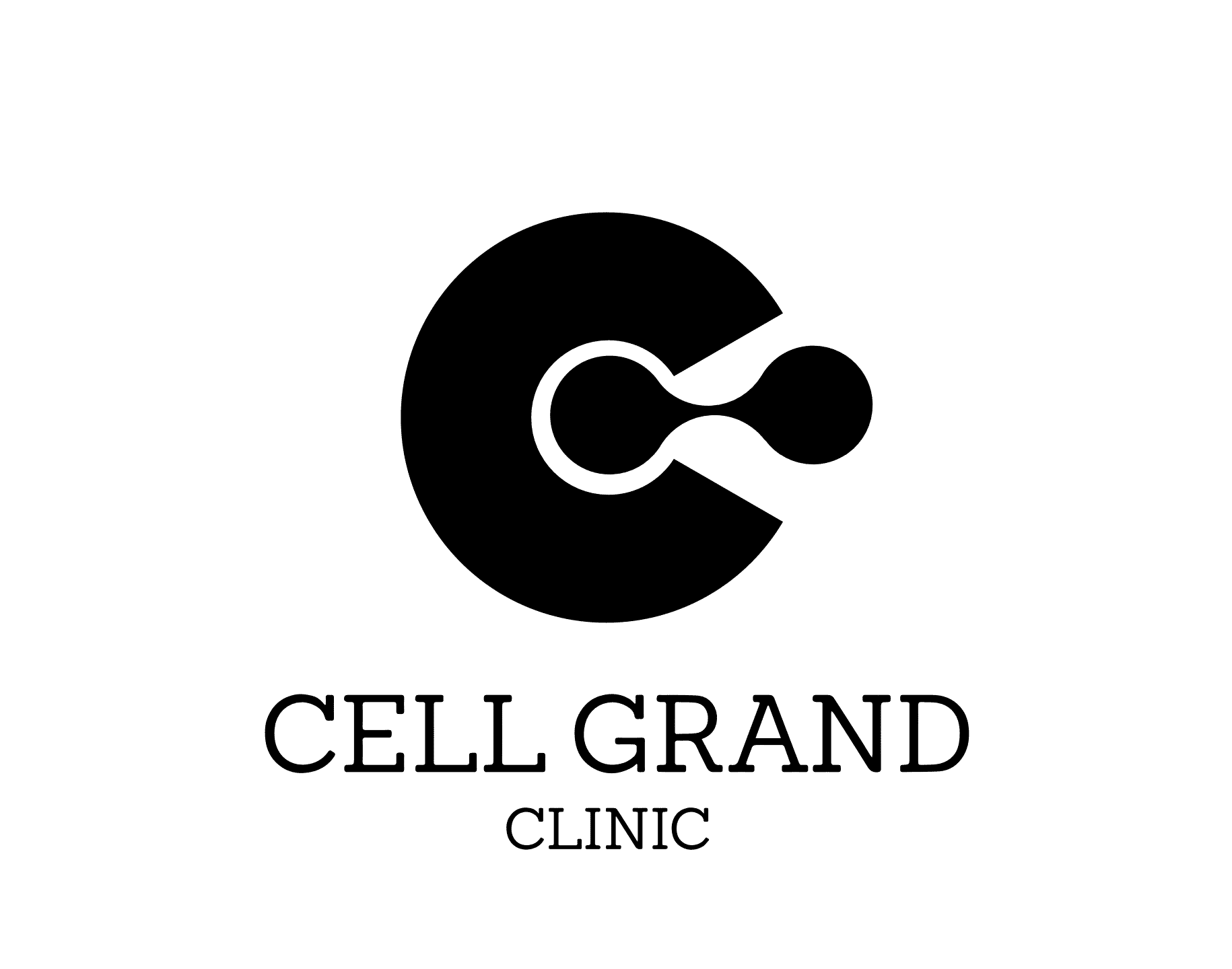
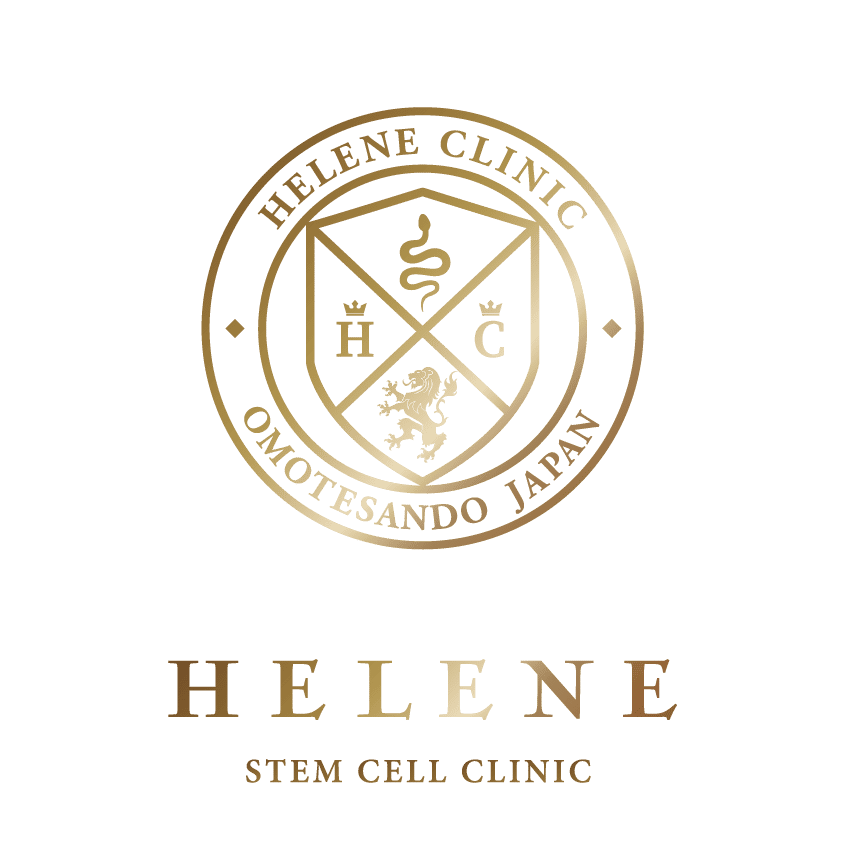

Share this listing